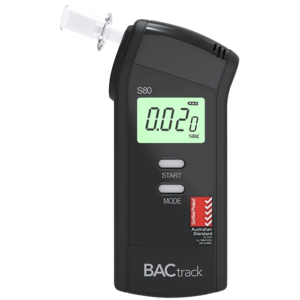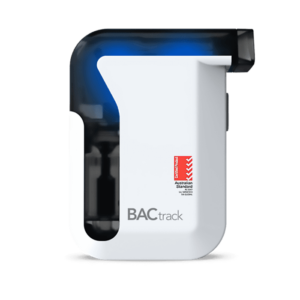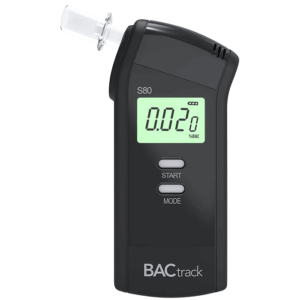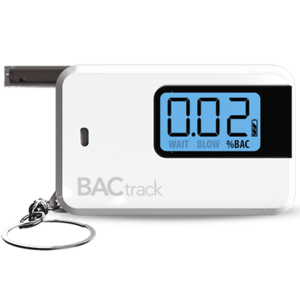Detecting Alcohol in Urine Tests: Is It Possible?
27 June, 2023
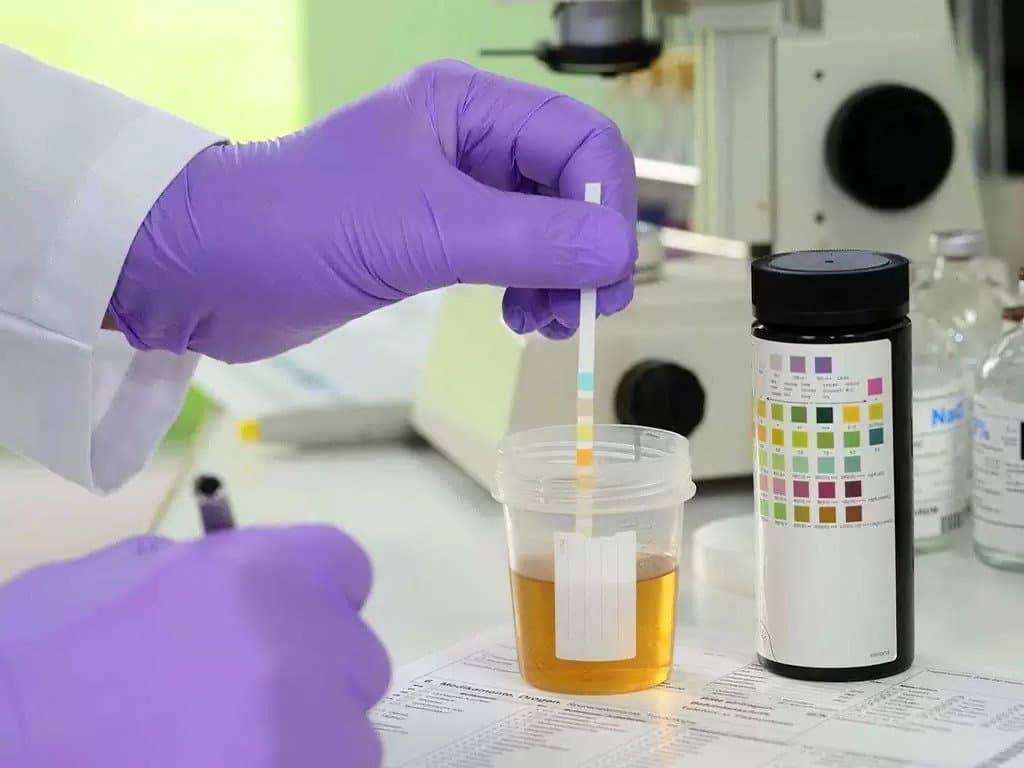
Urine tests are simple to use but require a sterile sample, which can be invasive and challenging to obtain. These tests indicate the presence of alcohol in a person’s body. However, they do not reveal the amount consumed, the frequency of drinking, or the time elapsed since the last consumption. Alcohol can be identified in the urine for a period of 12 to 48 hours after consumption. Hence, detecting alcohol in urine tests is possible.
The ethyl glucuronide (EtG) urine test is more advanced. It can detect alcohol in the body for up to five days after drinking. When a person ingests ethanol, it produces a metabolite called EtG. Their presence in the urine indicates that alcohol was consumed within the past few days. However, it does not provide information about the current or past levels of intoxication. This article will present how urine tests work, its limitation, and an alternative method for alcohol testing.
Detecting Alcohol in Urine Test: How it Works
Urine tests commonly identify the presence of illegal drugs in the system. These include marijuana, cocaine, opioids, amphetamines, and benzodiazepines. Additionally, urine testing is used in different places like sports events, hospitals, and workplaces. It involves taking a urine sample from the person and examining it to detect particular substances.
Detecting alcohol in urine tests includes measuring the amount of ethanol in the urine sample. When someone drinks alcohol, it gets absorbed into their bloodstream. Then, it will be eliminated from the body through urine. As the body processes the alcohol, it creates byproducts called metabolites. These byproducts are traceable within a specific period after consuming alcohol.
Furthermore, the timing of urine tests can impact their accuracy. For that reason, individuals should consider the detection window when scheduling these tests. Taking the tests too early after drinking alcohol can yield unreliable results. On the other hand, extending the waiting period might result in false-positive results. Therefore, people should familiarise themselves with the right timing to obtain accurate results.
Negative Effects of Alcohol in Workplace Settings
- Conflict among colleagues can disrupt the working environment and hinder collaboration.
- Impairs cognitive abilities and reduces focus and efficiency, resulting in poor quality of work.
- Increases the risk of accidents and injuries, as it impairs judgement and coordination.
- Alcohol-related health issues require medical attention and may result in high healthcare costs.
- Operational costs can increase due to absenteeism and decreased efficiency.
- Employers may have difficulties maintaining steady employment, leading to a high turnover rate.
- Trust issues with clients, customers, and stakeholders due to unprofessional behaviour.
- Increased legal liabilities because of lawsuits from accidents, injuries, or discrimination.

Accuracy and Limitations of Detecting Alcohol in Urine Test
Detecting alcohol in urine tests can have varying sensitivity and specificity. Sensitivity refers to the test’s ability to identify who has consumed alcohol. On the other hand, specificity refers to how well it can find who did not. These tests can discover alcohol byproducts in urine. However, their sensitivity may be affected by several factors. These include the time that has passed, individual metabolism, and detection of concentration levels.
Alcohol can be detected in urine for a longer time than in breath or blood. Urine tests can find alcohol byproducts in the body for around 24 to 80 hours after consumption. Breathalyser tests measure the amount of alcohol in breath right away, showing if someone is currently impaired. Similarly, a blood test can detect for a shorter time compared to urine tests.
Furthermore, alcohol urine tests can have limitations. They may show false positives due to several factors. These include medications, personal care products, and even certain foods that have alcohol in them. Conversely, false negatives can happen if the test is done too late. The accuracy of urine tests can also be affected if the sample is handled incorrectly.
How to Get Accurate Results
To obtain accurate results, people should follow a few tips. Firstly, they should abstain from consuming any alcoholic beverages for at least 24 hours before the test. Secondly, individuals have to stay hydrated, as it helps flush out alcohol metabolites from their system. Hence, it leads to more accurate results.
Thirdly, a person must avoid using any mouthwash or other products containing alcohol before the test. Thus, they can interfere with the results. Lastly, people should provide a midstream urine sample. This helps ensure that the specimen sample accurately reflects their current alcohol concentration levels.
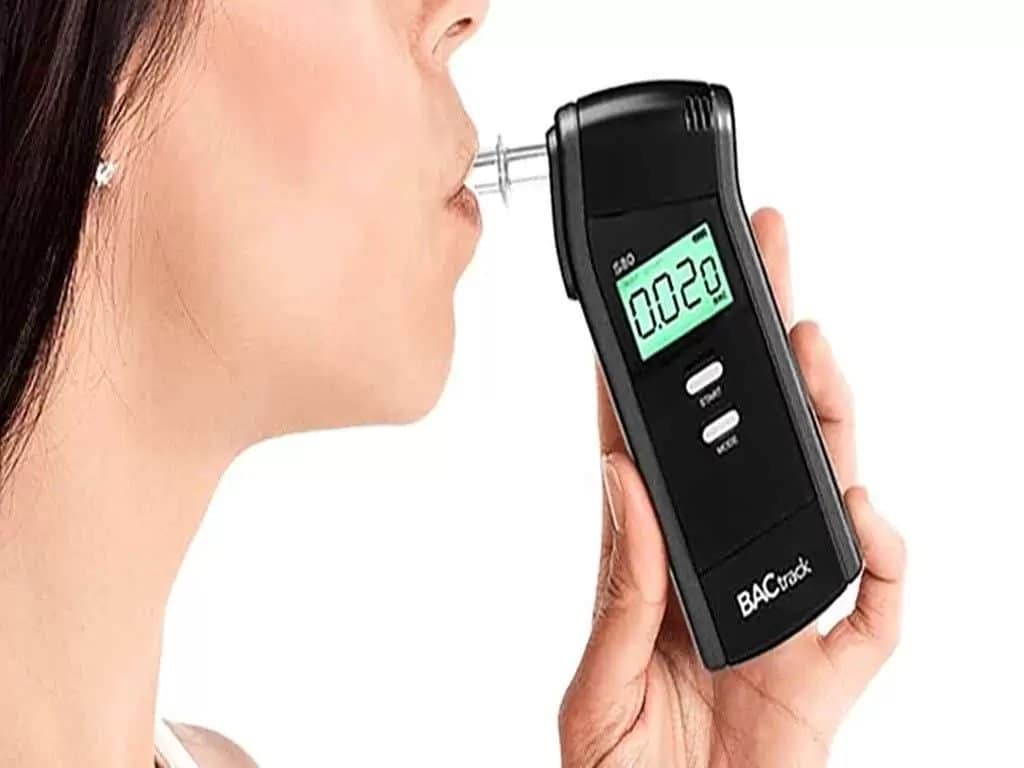
Detecting Alcohol in Urine Tests: Alternative Method
Detecting alcohol in urine tests in the workplace can be effective. Advanced tests like EtG can find traces of alcohol for up to three to five days after the last consumption. However, individuals should remember that urine tests can show inaccurate results and may take longer waiting periods for results.
Alternatively, a breath test has the advantage of providing instant results. Breathalysers New Zealand offers reliable devices designed for workplace use that accurately determine Blood Alcohol Concentration (BAC) levels. The BACtrack breathalysers use fuel cell sensors that solely detect ethanol. This significantly minimises the occurrence of false readings, making them highly reliable tools.
Moreover, BACtrack breathalysers have a user-friendly one-button operation, which enhances the convenience of breath testing. This feature allows businesses to conduct regular breath tests with ease. Additionally, it only takes 10 to 15 seconds to process and analyse a person’s BAC results. Therefore, a breath test using breathalysers offers a more accessible and quicker solution compared to urine tests.
Advantages of Breathalysers
Breathalysers offers more advantages over urine tests. First, they are hygienic, requiring only a person to blow into the device. This eliminates the need for collecting and handling urine samples. It also reduces the risk of contamination and ensures a more convenient testing process.
Second, these devices provide cost efficiency, as they do not require expensive laboratory equipment or extensive sample storage. In addition, breathalysers require less frequent replacement compared to urine testing kits. Moreover, they offer lower operational costs for calibration and maintenance. Their simplicity and accessibility make them a practical option for alcohol testing.
Conclusion
Detecting alcohol in urine tests is possible. They measure ethanol levels in the urine. When people consume alcohol, it enters the bloodstream and is eventually eliminated from the body through urine. Urine tests then analyze the urine to detect alcohol byproducts. However, they can produce false positives due to factors. These include medications, personal care products, and certain foods containing alcohol. Additionally, the timing of the test can affect the results when taken too early or late.
Alternatively, breath tests using breathalysers from Breathalysers New Zealand offer several advantages. The BACtrack breathalysers provide instant results and utilise fuel cell sensors that detect ethanol, minimising false readings. Additionally, these devices allow users for easy and quick testing. They also eliminate the need for urine samples and reduce contamination risks. Overall, their simplicity and accessibility make them a practical option for alcohol testing.



















